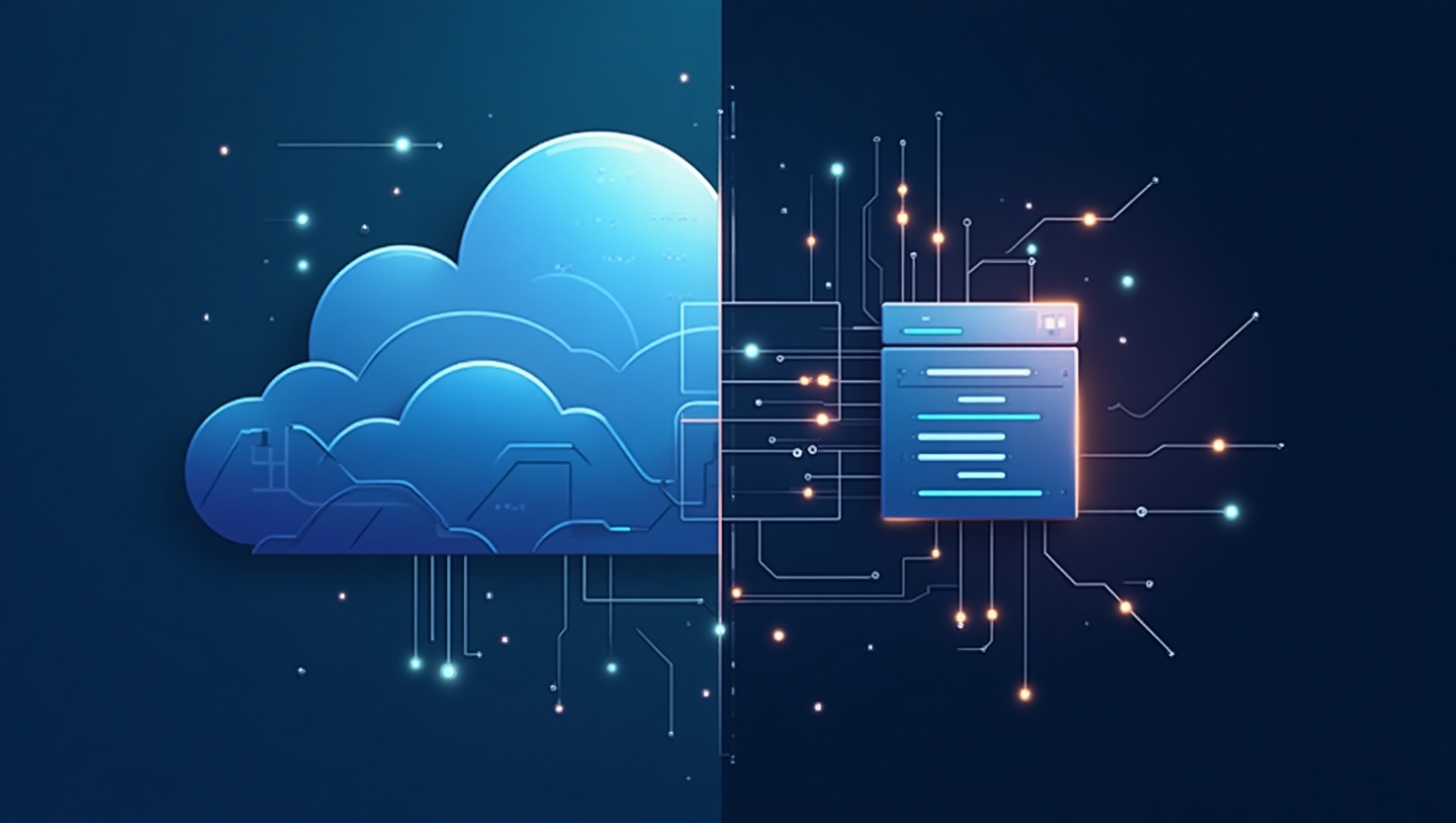1. Cloud-Native Application Development
Concept:
Cloud-Native application development is an approach focused on building and running applications that fully leverage the capabilities of cloud computing. This paradigm emphasizes agility, scalability, resilience, and faster time-to-market by utilizing cloud services, microservices architecture, containers, orchestration, and DevOps practices.
Key Characteristics:
- Cloud-Based Infrastructure: Applications are designed to run on cloud platforms like AWS, Azure, or Google Cloud Platform.
- Microservices Architecture (Commonly): Applications are often broken down into small, independent, and loosely coupled services.
- Agile Development and DevOps Practices: Frequent releases, automation of infrastructure and deployments are key.
- Horizontal Scaling: Scaling is typically achieved by adding more instances of services rather than increasing the resources of individual servers.
- Leverages Cloud Services: Utilizes managed services offered by cloud providers (e.g., databases, message queues, serverless functions).
- Containerization and Orchestration: Often uses containers (like Docker) and orchestration platforms (like Kubernetes) for deployment and management.
Pros:
- Scalability and Elasticity: Easily scale applications up or down based on demand.
- Faster Time-to-Market: Agile practices and automated deployments enable quicker release cycles.
- Increased Resilience and Availability: Cloud platforms offer built-in redundancy and fault tolerance.
- Cost Optimization: Pay-as-you-go models and optimized resource utilization can lead to cost savings.
- Focus on Business Value: Developers can focus on building features rather than managing infrastructure.
- Innovation and Access to New Technologies: Easy access to a wide range of cloud services and cutting-edge technologies.
Cons:
- Vendor Lock-in Risk: Can become dependent on specific cloud provider services.
- Security Considerations (Different Model): Requires understanding and implementing cloud-specific security best practices.
- Complexity of Distributed Systems: Managing a microservices architecture can introduce complexity.
- Learning Curve: Requires familiarity with cloud platforms, containerization, and other cloud-native technologies.
- Potential for Unexpected Costs: Monitoring and managing cloud costs effectively is crucial.
Analogy: Imagine renting space in a modern, flexible co-working space. You can easily scale your team's space up or down as needed, and the building management (cloud provider) handles all the infrastructure, security, and maintenance. You can focus on running your business.
2. Traditional Application Development
Concept:
Traditional application development typically involves building applications designed to run on dedicated infrastructure, such as physical servers or virtual machines managed by the organization itself. These applications are often monolithic in nature and follow a more waterfall-based development lifecycle.
Key Characteristics:
- On-Premise or Self-Managed Infrastructure: Applications are deployed and run on infrastructure owned and managed by the organization.
- Monolithic Architecture (Often): Applications are frequently built as single, large units.
- Long Release Cycles: Deployments and updates can be infrequent and involve significant planning and effort.
- Vertical Scaling: Scaling often involves increasing the resources (CPU, RAM, storage) of the existing servers.
- Strong Infrastructure Dependency: Tightly coupled to the specific infrastructure environment.
Pros:
- Full Control Over Infrastructure: Organizations have complete control over their hardware and software stack.
- Security Compliance (Potentially Easier in Some Regulated Industries): Direct control over the environment can aid in meeting specific compliance requirements.
- Predictable Costs (Sometimes): Once infrastructure is set up, costs can be relatively predictable.
Cons:
- High Upfront Investment: Requires significant capital expenditure on hardware and infrastructure.
- Slower Scalability: Scaling can be time-consuming and require manual intervention.
- Limited Flexibility: Adapting to changing demands can be difficult and slow.
- Increased Operational Overhead: Organizations are responsible for all aspects of infrastructure management, including maintenance, patching, and upgrades.
- Longer Time-to-Market: Longer release cycles can delay the delivery of new features and updates.
- Potential for Resource Underutilization: Resources might be allocated based on peak demand but remain idle most of the time.
Analogy: Imagine running your own physical store. You own the building, the equipment, and you're responsible for everything from repairs to security. Scaling up means buying a bigger building or adding extensions, which takes time and significant investment.
Head-to-Head Comparison Table:
| Feature | Traditional Application Development | Cloud-Native Application Development |
|---|---|---|
| Infrastructure | On-premise or self-managed | Cloud-based (AWS, Azure, GCP, etc.) |
| Architecture (Commonly) | Monolithic | Microservices |
| Scaling | Vertical | Horizontal |
| Release Cycle | Longer | Shorter and more frequent |
| Automation | Often manual | Heavily automated (DevOps) |
| Cost Model | High upfront investment | Pay-as-you-go |
| Control | Full infrastructure control | Shared control with cloud provider |
| Time-to-Market | Slower | Faster |
| Resilience | Can be challenging to implement | Built-in features and practices |
Conclusion:
The shift towards Cloud-Native application development reflects the increasing demand for agility, scalability, and resilience in modern software systems. While Traditional application development still has its place, particularly for specific compliance or legacy scenarios, the benefits of leveraging the cloud for building and running applications are becoming increasingly compelling for many organizations. Understanding the fundamental differences between these paradigms will help you make informed decisions about your application development strategy. Stay tuned for the next Daily Comparison!
